Can recycled glass help restore Louisiana’s eroding coastline? – the Guardian
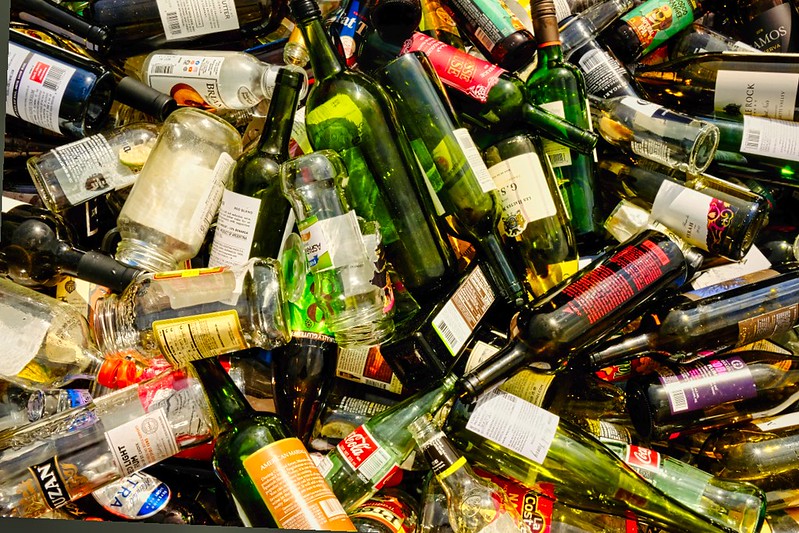
Dave Clements, owner of Snake and Jake’s Christmas Club Lounge, a beloved dive bar in New Orleans, has watched Louisiana’s coast shrink year after year.
“I used to go fishing quite a bit down in Delacroix area. Me and my buddy would go out in a flat boat,” he says. Clements remembers finding “a little spot, a little island” where he and his friend would take breaks while fishing for redfish, sheepshead, speckled trout and flounder. When they went back to the same spot a month later, the patch of land was gone. “I actually stopped fishing because it was so depressing..”
Restoring Louisiana’s Shoreline, One Glass Bottle at a Time – GIZMODO

Glass Half Full is redirecting glass from landfills and turning it into much-needed sand.
Louisiana’s shoreline is rapidly eroding due to sea level rise and extreme weather fueled by climate change. But a scrappy New Orleans glass recycling initiative, Glass Half Full, is rounding up as many of the city’s glass bottles as possible to create sand for coastal restoration.
The team, a winner of the 2023 Gizmodo Science Fair, got started in 2020…
The global impact of sand mining on beaches and dunes – Ocean & Coastal Management

Beaches and coastal dunes have always supplied sand for a wide range of uses, and initially the extracted volumes were limited to buckets, wheelbarrows, or small pickup truck loads. However, starting in the late twentieth century, and thanks to urban development, especially for coastal tourism, coastal and river sand has been extracted at an accelerated pace, and on a much grander scale…
Grains of Sand: Too Much and Never Enough – EOS Magazine

Sand is a foundational element of our cities, our homes, our landscapes and seascapes. How we will interact with the material in the future, however, is less certain…
“The use of sand is now faced with two major challenges,” said Xiaoyang Zhong, a doctoral student in environmental science at Leiden University in the Netherlands. “One is that it has caused enormous consequences in the environment,” he explained. “The second challenge is that easily usable sand resources are running out in many regions…”
Earth Is Running Out of Sand … Which Is, You Know, Pretty Concerning – Popular Mechanics
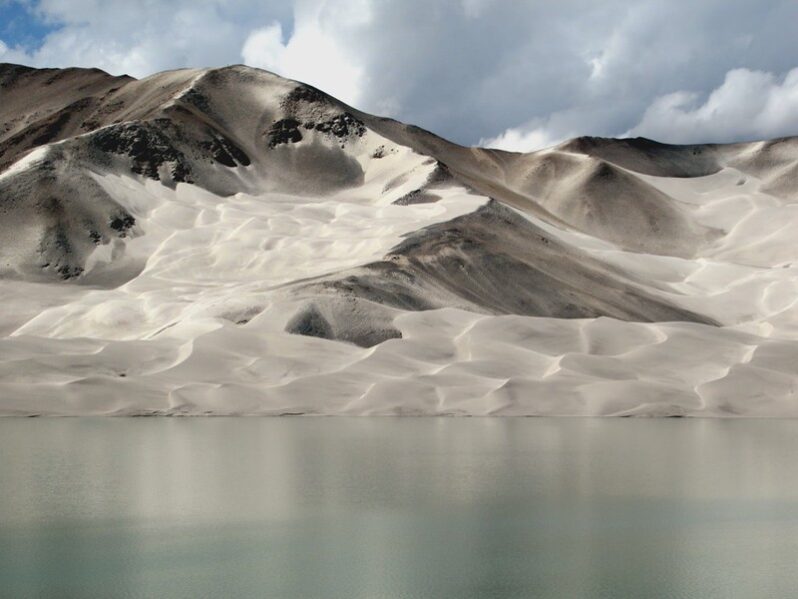
The world uses 50 billion metric tons of sand annually.
Sand is a key ingredient in all concrete and glass production.
There are already ongoing reports of a mafia-style black market for sand.
The world is in crisis yet again. This time around, it’s a sand shortage…
Trust nature: The best way to defend deltas against rising seas is with sand and mud
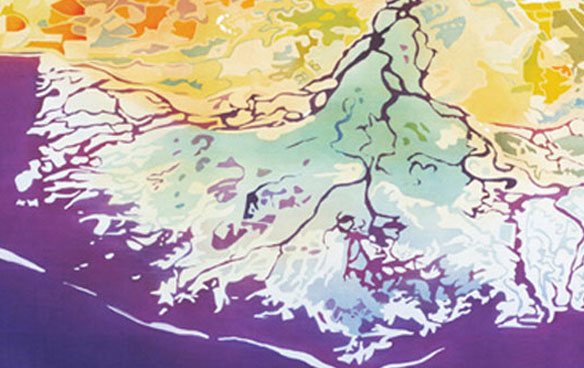
Sediment constantly and naturally replenishes deltas, keeping them — and all the people, fields, industries, cities and wildlife that rely on them — above the water. While scientifically proven, this surprising fact has struggled to gain much traction outside the small world of geomorphologists
Concerns surround around beach safety following 8-year-old boy buried by sand

While many beach goers are aware of the dangers of the water, sand can be just as dangerous.
Still sandy after all these years
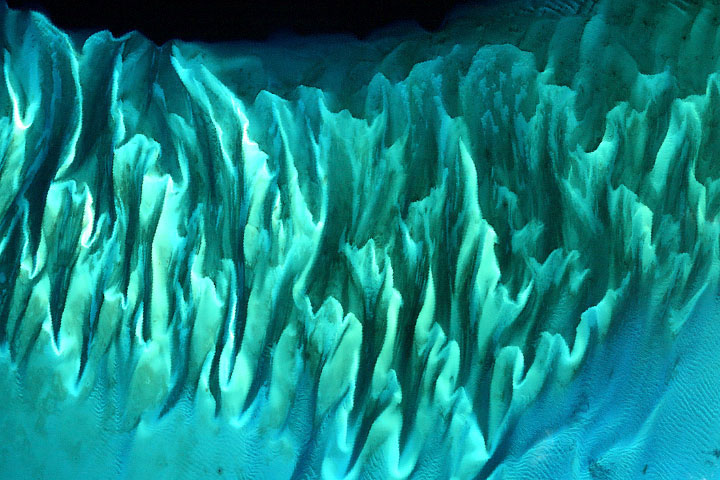
When oceanographer Serge Andréfouet first saw a satellite image of the Great Bahama Bank, he knew the colors and contours were special. There are many nice seagrass and sand patterns worldwide, but none like this anywhere on Earth,
Sand dunes can ‘communicate’ with each other
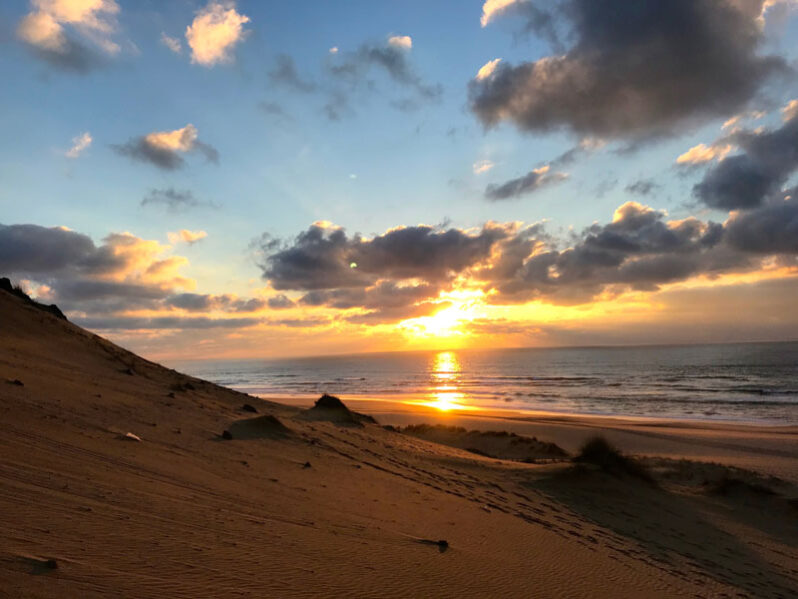
Even though they are inanimate objects, sand dunes can ‘communicate’ with each other. A team from the University of Cambridge has found that as they move, sand dunes interact with and repel their downstream neighbors.
